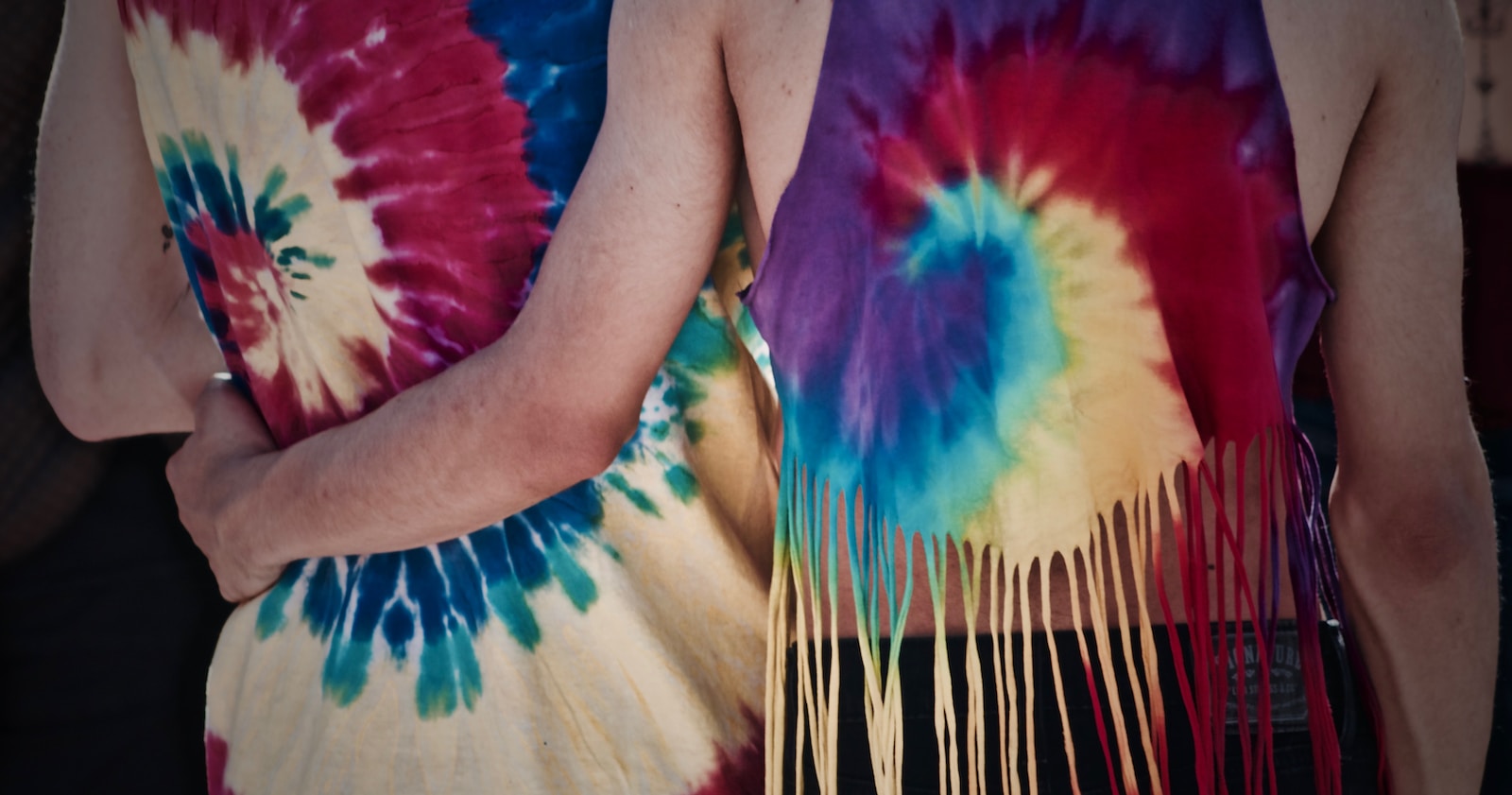The art of tie-dying fabric has been popular for decades. It is a great way to express yourself artistically and personalize various textiles. However, in the modern era, where concern for the environment is paramount, we must adopt environmentally friendly practices when it comes to tie-dyeing. You can do your part to preserve the planet by practicing one of the eco-friendly tie-dye methods described in this post.
The importance of eco-friendly tie-dyeing
If done with eco-friendly practices in mind, tie-dyeing can significantly impact the environment. Traditional tie-dye techniques often involve synthetic dyes and excessive amounts of water, resulting in pollution and water waste. By embracing sustainable approaches, we can produce remarkable tie-dye designs while safeguarding our planet for future generations. In addition, purchasing wholesale tie-dye t-shirts enables businesses to reduce waste and promote sustainability by efficiently distributing colorful, eco-friendly clothing.
Embracing nature’s palette
Natural dyes are one of the most eco-friendly ways to create tie-dye designs. Natural dyes are derived from plants, flowers, and other organic sources, making them environmentally safe. They offer a wide variety of hues and shades, enabling artists to experiment with a vibrant palette that draws inspiration from the wonders of nature.
Repurposing kitchen scraps
Reduce waste and create sustainable dyes by utilizing food scraps from your kitchen. Items like onion skins, tea leaves, and fruit peels can be repurposed to produce natural dyes. Transforming kitchen waste into vibrant tie-dye hues adds an eco-friendly twist to your creative process.
Giving new life to old fabrics
Consider repurposing old clothing or fabrics instead of purchasing new fabrics for tie-dyeing. Upcycling is an excellent method for reducing textile waste and minimizing the carbon footprint associated with fabric production. You can transform old t-shirts, dresses, or bed sheets into stunning tie-dye creations, giving them a fresh lease on life.
Opting for sustainable materials
When selecting fabrics for tie-dyeing, opt for sustainable and eco-friendly materials. Organic cotton, hemp, bamboo, and linen are fantastic choices as they are produced without harmful chemicals and pesticides. These fabrics are biodegradable and have a lower environmental impact than conventional materials.
Conserving water in the dyeing process
Water conservation plays a crucial role in eco-friendly tie-dyeing. Instead of using excessive water to rinse dyes, consider using low-water techniques such as ice dyeing or steam setting. These methods require less water while still producing vibrant and unique designs.
Exploring shibori techniques
Shibori is a Japanese tie-dyeing technique that offers a range of captivating patterns. You can achieve intricate designs reminiscent of ancient textile traditions by folding, twisting, or compressing fabric before dyeing. Embrace Shibori techniques to create stunning tie-dye pieces with an earth-conscious approach.
Utilizing the sun’s energy
Solar dyeing is an energy-efficient technique that harnesses the power of the sun. It involves placing fabric and dye in a container and allowing them to sit in direct sunlight. The sun’s warmth helps the dye penetrate the fabric, creating beautiful, environmentally friendly tie-dye designs.
Setting colors safely
Fixatives are essential for setting the colors in tie-dye designs. Choose non-toxic fixatives that are safe for both the environment and human health. Natural alternatives like vinegar or plant-based mordants can be used instead of chemical options. These alternatives effectively preserve colors while minimizing the release of harmful substances into the ecosystem.
Recycling and composting in tie-dyeing
To further reduce the environmental impact of tie-dyeing, implement waste reduction strategies. Recycle any leftover dyes by using them for future projects or sharing them with other artists. Additionally, you can compost natural dye materials such as fruit peels or plant waste to reduce organic waste and create nutrient-rich soil.


